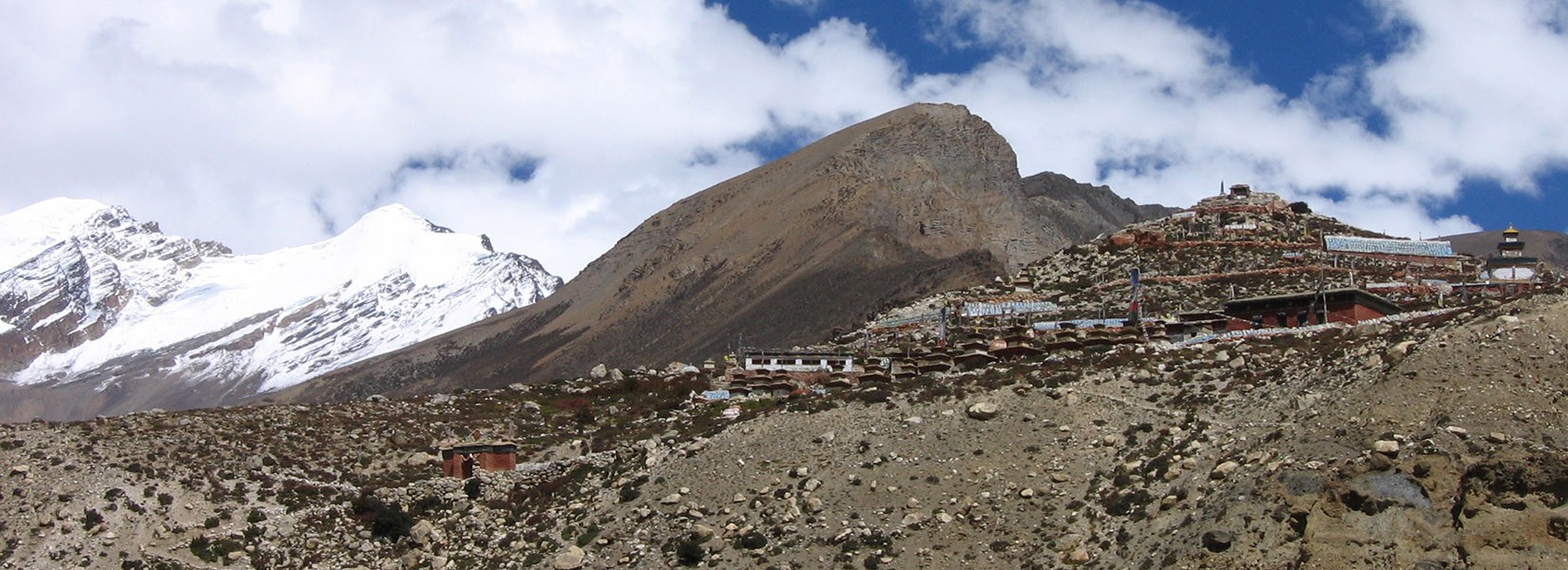About Nar Phu Tilicho Trek & Mesokanta La Trek - 18 Days
The Nar Phu Valley – Tilicho Lake – Mesokanta La Pass Trek is one of Nepal’s most adventurous and rewarding Himalayan journeys, combining ancient Tibetan culture, high mountain wilderness, and spectacular alpine beauty. This trek takes you through the restricted Nar and Phu Valleys, two of the most remote settlements in the Annapurna region, before linking up with the classic Annapurna Circuit trail and continuing toward Tilicho Lake, one of the world’s highest lakes.
Crossing the Mesokanta La Pass (5,120 m), a rugged and less-traveled route connecting the Manang Valley to Jomsom, makes this trek a thrilling challenge for those seeking raw, off-the-beaten-path adventure. The landscapes range from arid canyons and medieval-looking villages to glaciers, turquoise lakes, and snow-covered passes — all backed by views of Annapurna II, Gangapurna, Tilicho Peak, and Dhaulagiri.
You’ll experience Tibetan-influenced Buddhist culture, remote monastery visits, and traditional stone-built villages where ancient customs remain alive. It’s a true Himalayan epic — ideal for experienced trekkers who want a challenging, high-altitude adventure beyond the usual trekking routes.


